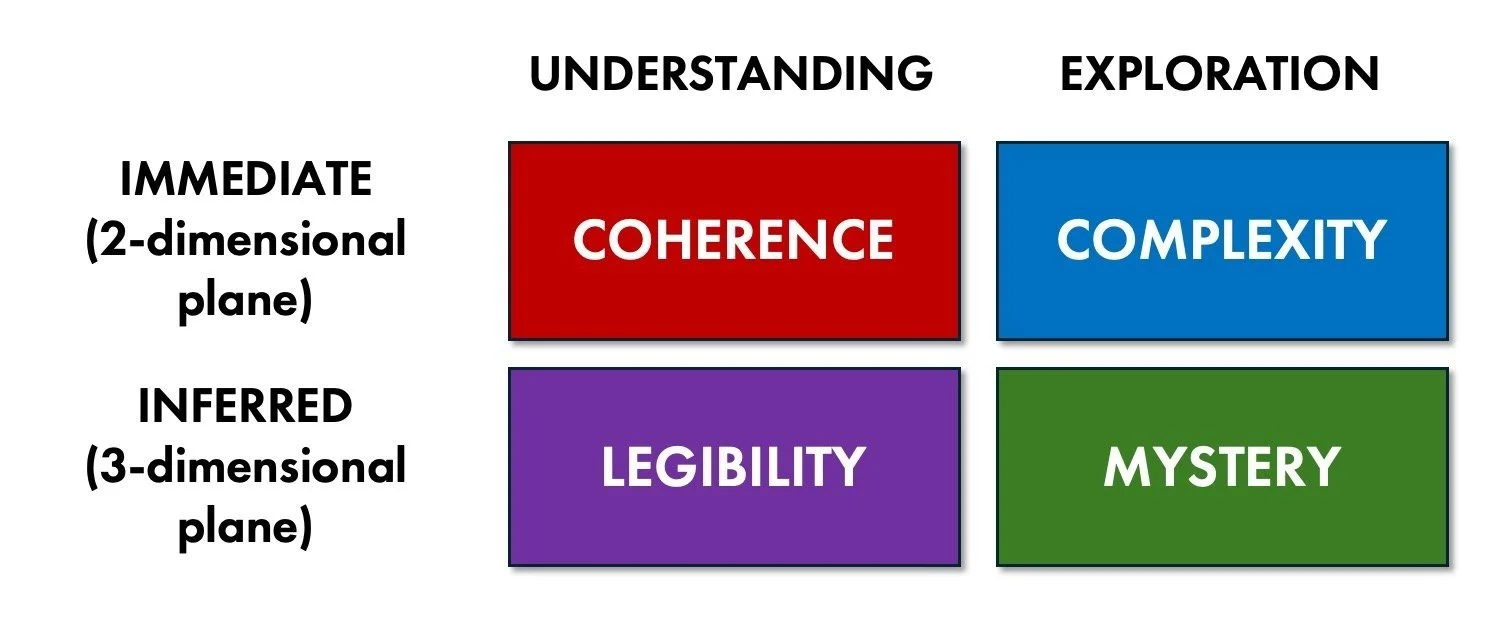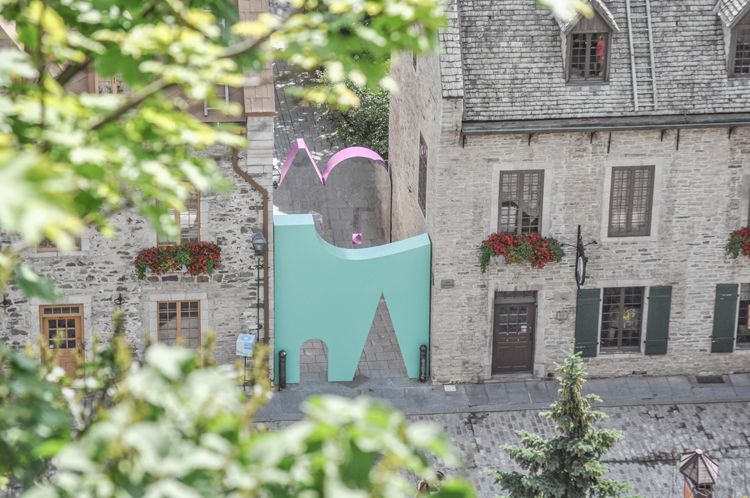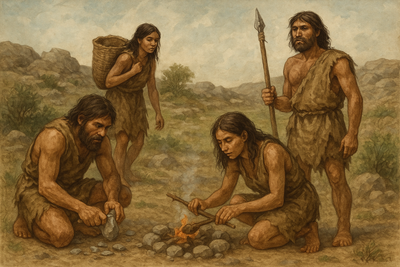The Architecture of Curiosity

A few summers ago, I was wandering through London when I came across a small neighborhood park. The gate was almost closed… just a narrow opening, enough for a person to slip through. Behind it I could glimpse a patch of green, the curve of a path, the tops of trees. I hadn’t planned to go in. But the almost-closed gate pulled me like a magnet.
Why? Because it whispered mystery. An open park, fully visible from the street, would not have tempted me. I would have seen it, appreciated it, and kept walking. But this one promised more than it showed.
That is curiosity at work in the built environment.
Why curiosity matters in cities
Most cities are designed for efficiency: to move people, goods, and traffic safely from one place to another. That matters, but it is not enough. Efficiency alone creates places we pass through, not places we fall in love with.
The cities we remember, the ones that live in us long after we’ve left, are not necessarily the most functional ones. They are the ones that spark curiosity. They are the ones that make us wander, linger, and wonder.
Curiosity in design transforms a city from livable into lovable. And that shift is profound: it creates community, identity, creativity, and joy.
The psychology of curiosity in space
Environmental psychologists Rachel and Stephen Kaplan studied why some environments feel inviting and others do not. They identified four qualities that shape our response: coherence, complexity, legibility, and mystery.

- Coherence: The sense that things belong together. A square where buildings share rhythm and scale feels coherent. Without it, a place feels chaotic.
- Complexity: The richness of detail. A street lined with varied façades, textures, and activity invites exploration. Too little complexity feels sterile; too much overwhelms.
- Legibility: Our ability to form a mental map. Clear landmarks and sightlines help us orient ourselves and feel safe.
- Mystery: The promise of more. A bend in the path, a door half open, a framed glimpse. These invite us forward.
Curiosity lives in the balance of these four. Coherence and legibility reassure us. Complexity keeps us engaged. Mystery draws us further in.
Stories of surprise
You can see this play out across cities, old and new, big and small.

- In Venice, coherence comes from the canals and bridges, while complexity emerges in the dense layers of alleys and squares. Its legibility is famously low — we get lost — but mystery abounds. Every corner tempts you with the possibility of a hidden campo or a quiet bridge.
- In Marrakech, coherence lies in the long blank walls that line the medina. But open a plain wooden door and complexity, color, and wonder explode in a courtyard tiled and shaded. Mystery resolved only if you step through.
- The High Line in New York offers legibility — a clear elevated path — but adds complexity with layered gardens, art installations, and shifting views. Mystery is engineered into every curve: a mural you couldn’t see before, a skyline that reveals itself from a new angle.
- In Lisbon, staircases cut between streets at improbable angles. They are not shortcuts; they are discoveries. Each step suggests a surprise at the top — a square, a view, a neighborhood.
- In Singapore’s Gardens by the Bay, coherence comes from the giant “trees” visible for kilometers. Legibility is instant: you cannot lose them. But the complexity of their texture and the mystery of what happens when you walk beneath them — sound, light, and scale — create the true magic.
Even in the small, the same principles apply. A bookstore window stacked with uneven piles of books offers coherence (books belong together), complexity (hundreds of spines, colors, textures), and mystery (what worlds wait inside?). A library nook hidden behind a staircase is legible once found, but mysterious until discovered. A living wall in Paris by Patrick Blanc is coherent as a façade, complex in its vegetation, and mysterious in how it clings and grows.
And curiosity is not only about places. It can be about people. In Montréal, the installation 21 Balançoires (21 Swings) places a row of swings on the street. Alone, each swing makes a note. Together, they create music. It is coherent (a line of swings), complex (layers of sound and rhythm), legible (you instantly understand how it works), and mysterious (what happens if we all swing in sync?). More than curiosity, it invites connection. Strangers become collaborators, co-creating a song.
Designing with intention
Curiosity is not an end in itself. It is a tool. And like any tool, it should be used with intention. The question for architects and planners is: curiosity toward what?
- To slow people down: Design winding paths, shaded benches, gardens that reveal themselves gradually. A straight boulevard hurries us along; a meandering one invites pause.
- To foster connection: Create thresholds where people naturally gather: plazas with fountains, café steps that double as seating, installations like 21 Balançoires. These spaces don’t just move bodies; they create encounters.
- To spark creativity: Design for surprise. Let an alley open onto a sudden mural, or place a sculpture where it’s least expected. Juxtapositions of old and new sharpen perception.
- To encourage exploration: Give people reasons to keep moving: a staircase suggesting a view, a corner promising more, a doorway slightly ajar.
Curiosity works best when it has direction. It’s not just about wonder for its own sake, but about aligning wonder with purpose: safety, belonging, creativity, or joy.

What curiosity brings to a city
When curiosity is designed into a city, people slow down. They linger. They wander. And in doing so, they create richer urban life.
- Economic vitality: Shops thrive when windows hint rather than expose.
- Community connection: Spaces of curiosity become natural gathering spots.
- Well-being: Wonder reduces stress and makes daily life feel less mechanical.
- Creativity: Surprise stimulates imagination and openness.
Curiosity is not decoration. It is infrastructure for liveliness.
So here is the invitation to architects, planners, and local governments: don’t just design for movement. Design for discovery.





